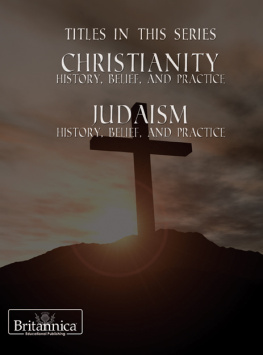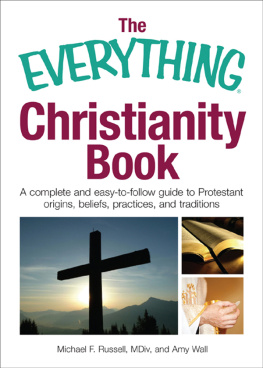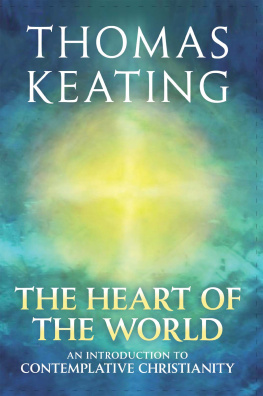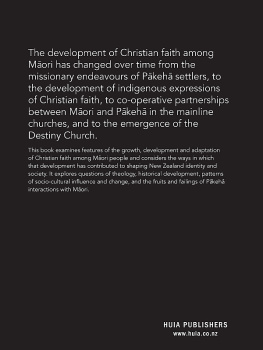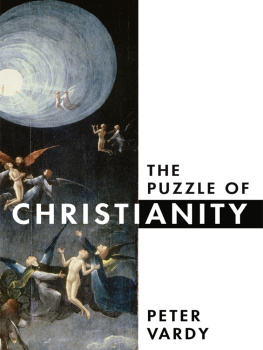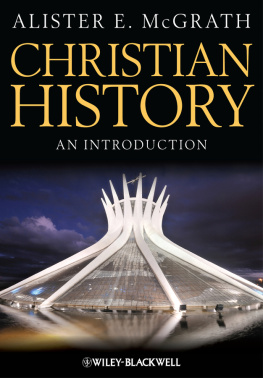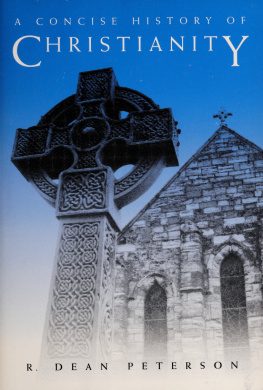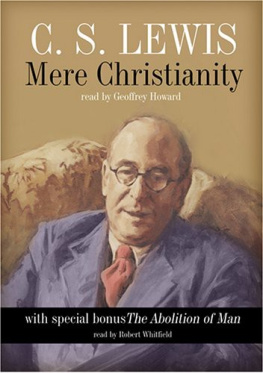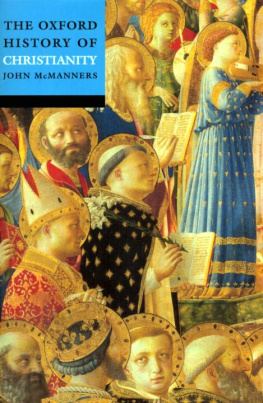CHRISTIANITY
HISTORY, BELIEF, AND PRACTICE
THE BRITANNICA GUIDE TO RELIGION
CHRISTIANITY
HISTORY, BELIEF, AND PRACTICE
EDITED BY MATT STEFON, ASSISTANT EDITOR, RELIGION

Published in 2012 by Britannica Educational Publishing
(a trademark of Encyclopdia Britannica, Inc.)
in association with Rosen Educational Services, LLC
29 East 21st Street, New York, NY 10010.
Copyright 2012 Encyclopdia Britannica, Inc. Britannica, Encyclopdia Britannica, and the Thistle logo are registered trademarks of Encyclopdia Britannica, Inc. All rights reserved.
Rosen Educational Services materials copyright 2012 Rosen Educational Services, LLC.
All rights reserved.
Distributed exclusively by Rosen Educational Services.
For a listing of additional Britannica Educational Publishing titles, call toll free (800) 237-9932.
First Edition
Britannica Educational Publishing
Michael I. Levy: Executive Editor
J.E. Luebering: Senior Manager
Adam Augustyn, Assistant Manager, Encyclopaedia Britannica
Marilyn L. Barton: Senior Coordinator, Production Control
Steven Bosco: Director, Editorial Technologies
Lisa S. Braucher: Senior Producer and Data Editor
Yvette Charboneau: Senior Copy Editor
Kathy Nakamura: Manager, Media Acquisition
Matt Stefon: Assistant Editor, Religion
Rosen Educational Services
Alexandra Hanson-Harding: Editor
Nelson S: Art Director
Cindy Reiman: Photography Manager
Nicole Russo: Designer
Matthew Cauli: Cover Design
Introduction by Matt Stefon
Library of Congress Cataloging-in-Publication Data
Christianity: history, belief, and practice / edited by Matt Stefon. 1st ed.
p. cm. (The Britannica guide to religion)
In association with Britannica Educational Publishing, Rosen Educational Services.
Includes bibliographical references and index.
ISBN 978-1-61530-542-1 (eBook)
1. Christianity. I. Stefon, Matt. II. Britannica Educational Publishing.
BR121.3.C475 2012
230dc22
2010046428
Front cover, page : Crucifix in St. Peters Basilica, Vatican, Rome, Italy. Godong/Robert Harding World Imagery/Getty Images
Back cover: Cross on a hill. Shutterstock.com
On pages : The Christ the Redeemer statue atop the Corcovado mountain in Rio de Janeiro, Brazil. AFP/Getty Images.
Interior page borders image www.istockphoto.com / MichaelSvoboda
CONTENTS
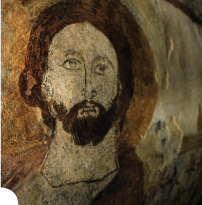
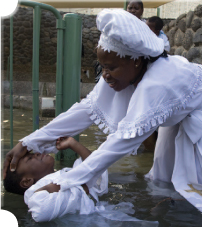

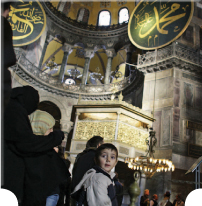

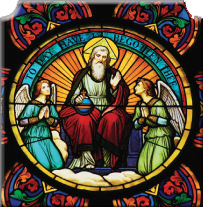


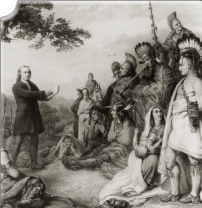

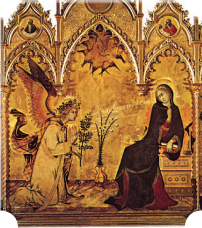

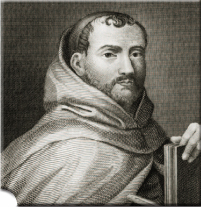


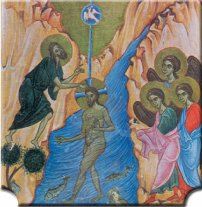
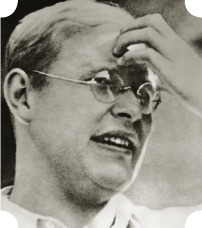

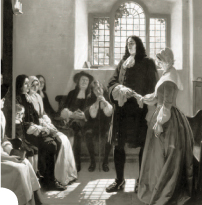
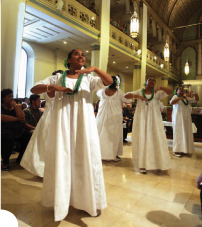

INTRODUCTION
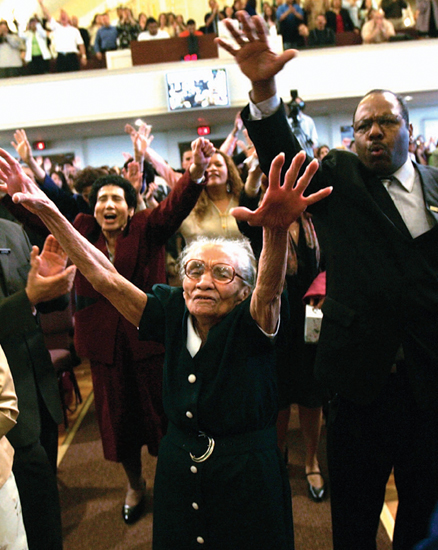
Members of The Bay Ridge Christian Center Pentecostal Church pray during a two-hour church service on April 10, 2005, in Brooklyn, New York. Robert Nickelsberg/Getty Images
C hristianity is the largest of the worlds religions, comprising about one-third of the human population. Yet it is one of the great traditions for more reasons than its sheer number of adherents. Christianity is one of the great cultural as well as spiritual forces in the world. Its impact on human history, whether positive or negative, cannot be underestimated or ignored, and a general awareness of its beliefs and practices and of the context in which these emerged and developed is an essential component of an understanding of world affairs. This volume presents a general outline of the history of Christianity, of its beliefs and practices, and of its major (and of many minor) branches.
The ministry of Jesus of Nazareth seems to have gone largely unnoticed in the early 1st century AD to the world outside what is now Israel and was then occupied by Rome. To his disciples, however, the appearance of Jesus was an extraordinary event of world-transforming significance. Jesuss moral pronouncements about the kingdom of God, his performance of miracles and healings, and his apocalyptic (or, revelatory) pronouncements about the end of time were enough to convince his followers that he was the Christfrom christos, the Greek equivalent to the Hebrew term messiah, or anointed)sent by God to redeem Israel and reinstate its glory and stature. Jesus himself appeared to have authority from God, whom he called his heavenly Father, and declared that he was coming to fulfill the Torah (the Jewish moral teaching, also known as The Law). After his death the gospels, the biblical accounts of his ministry and life, declare that a remarkable thing happened. Three days after his death and interment, the tomb in which Jesus had been laid was empty, and Jesus himself appeared to his disciples. Further, though they do not perfectly agree, the gospels proclaim the resurrected Jesuss imminent return, or Second Coming.
Next page
